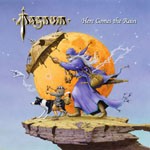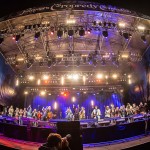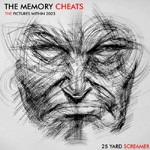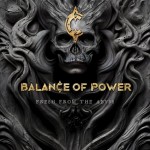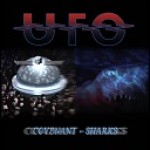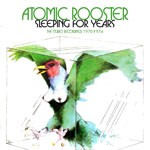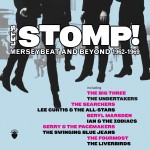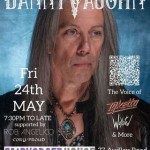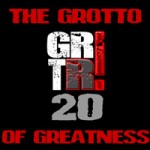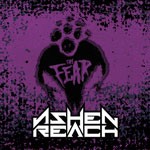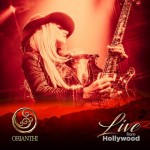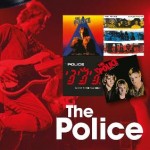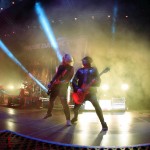Share the post "Book review: MARTIN HANNETT – His Equipment And Strawberry Studios by Chris Hewitt"

Dandelion Records & Books [Publication date 07.04.17]
Given the fact that the author Chris Hewitt has already released the exhaustive DVD ‘Martin Hannett – He Wasn’t Just The Fifth Member Of Joy Division’ and the book ‘The Pleasures Of The Unknown’, you could be forgiven for asking what is there left to uncover about the late Martin Hannett, aka Manchester’s wannabe Phil Spector?
The answer appears to be the obvious one of delving into the very machinery and recording equipment that he used to realize the sounds he heard in his head.
‘Martin Hannett His Equipment And Strawberry Studios’ draws on previously unseen notes from Hannett and unpublished photos of Martin, Tosh Ryan, Tony Wilson, John Cooper Clarke and Chris Sieve.
As described in the afore mentioned DVD, Hannett was ‘5% sound and 95% aesthetic’, which is a polite way of saying you had to put up with a lot before he produced some startling results.
Hannett was originally a promoter in the North West, before he founded Rabid records and managed and produced punk poet John Cooper Clark. He also gave Joy Division their spatial and at times eery sound, with groundbreaking production techniques that led to New Order.
He produced The Buzzcocks, Durutti Column, Magazine, U2, OMD, The Psychedelic Furs, and A Certain Ratio. He also diversified by becoming co-director at Factory records, as well as working with The Stone Roses and Happy Mondays etc.
Author Hewitt’s mission statement is to shine a light on some of Hannett’s technical reviews, previously unseen notes and the recording equipment discovered while making the DVD.
Hannett himself squashed any suggestion of intellectual pretensions by saying: “I’m making large numbers of completely useless lists……a list of things I like, I’m crazy about, can’t survive without etc.”
And therein lies both the best and worst of this book. There’s plenty of technical detail, interview snippets and a general exposition of the way he changed the recording scene and the musical environment he was involved in. What’s essentially missing here is meaningful structure, and without it half the book becomes bogged down in lists and photos that to the technically untutored reader don’t really mean much.
It’s only with the examples of the Bucket Brigade echo and delay units that the book links the march of technology with its utility in Hannett’s sound.
When quoting Hannett in regard to the Ursa Major Space Station for example, the digital reverberator is almost cast in the role of a new toy for him, but the chapter gives us little meaningful context for its usefulness in terms of Hannett’s linear musical progress.
This is followed by some 8 pages of technical manual stuff, which may or may not be of interest to sound engineers, but which will surely try the patience of the average reader.
It’s almost best if you start reading from back to front with the Hannett’s obituries, which give you an overall picture of his importance in the development of sound and production techniques.
You will read two pages about his early career role at Rabid records, while Strawberry studios – the other major significant factor in the early North West Music scene – is more logically placed at the front of the book.
And this is where Hewitt is at his best, as he goes in search of the true significance of the nascent professional studio in the North West. His impressionistic approach draws on John Cooper Clark’s view of Hannett as a Zappa style voyeuristic producer: “He was quite a secretive guy. He would be recording when you didn’t know he actually had been recording, which never did the CIA any harm. He was a bit naughty about it…we were supposed to be making a hit record.”
Steve Hopkins who also worked with Hannett and JCC, adds: “It’s the atmosphere Martin created in the studio which is very different to how a lot of other people work. He definitely likes a full wall of sound, where each effect is the overall texture.”
And it’s the search for the genesis of Hannett’s sound that provides the thinly spread backbone to this book. So while there’s plenty of technical detail and archive photos, there isn’t quite enough explanatory linkage. The stories about recording in Strawberry studios lift have already been well documented, though there is a line about recording Ian Curtis’s voice that way.
The most contentious moments come from Peter Hook, bassist and co founder of Joy Division and New Order, who points to the Strawberry EMT echo plates as: “giving you that haunting sound,” while almost in total contrast to the spirit of the book, he lets slip that : “If I’m gonna be cynical, I’d say the reason we recorded ‘Movement’ in Strawberry is so that Martin could be closer to his drugs, because most of the time he was off his rocker.”
He does later concede that: “It (Strawberry) was important as it made England less London-centric and to people like Tony Wilson and Rob Gretton with Factory records, that was very important.”
The following chapters on synths don’t offer enough about their context in the changing music scene to be of interest.
When it comes to the Marshall Time Modulator for example, Hannett concludes: “The MTM is a serious toy which produces a unique selection of effects.” What the reader is crying out for is examples of what he is talking about, rather than page after page of graphics and pics. As a result this well researched glossy A4 publication is for historical tech heads and completists only.
*** Review by Pete Feenstra
Featured Artist: JOSH TAERK
Since early 2020 Josh has been entertaining us with exclusive monthly live sessions, streamed via Facebook.
In 2023 he signed a recording deal with Sony in Canada and released a new single on 15 September.

Latest session: Sunday 14 April
Check out videos here: https://www.facebook.com/getreadytorockradio
David Randall presents a weekly show on Get Ready to ROCK! Radio, Sundays at 22:00 GMT, repeated on Mondays and Fridays), when he invites listeners to ‘Assume The Position’. The show signposts forthcoming gigs and tours and latest additions at getreadytorock.com. First broadcast on 7 April 2024.
UK Blues Broadcaster of the Year (2020 and 2021 Finalist) Pete Feenstra presents his weekly Rock & Blues Show on Tuesday at 19:00 GMT as part of a five hour blues rock marathon “Tuesday is Bluesday at GRTR!”. The show is repeated on Wednesdays at 22:00, Fridays at 20:00). This show was first broadcast 2 April 2024.
How to Listen Live?
Click the programming image at the top of the page (top right of page if using desktop)
Listen via Windows Media Player. Click or tap here and “open file”
Listen via other media player (eg. VLC) Click or tap here and “open file”
Get Ready to ROCK! Radio is also in iTunes under Internet Radio/Classic Rock
Listen in via the Tunein app and search for “Get Ready to ROCK!” and save as favourite.
More information and links at our radio website where you can listen again to shows via the presenter pages: getreadytorockradio.com
Power Plays w/c 15 April 2024
ENMY The Ledge (FiXT)
KAROBELA Get Hard (indie)
KATH & THE KICKS Neptune (indie)
THE BEE TELLERS River Poem (Black Sand Records)
LAUREN FREEBIRD Like A Bomb (indie)
Featured Albums w/c 15 April 2024
09:00-12:00 The Best of 2003-2023
12:00-13:00 The Best of 2003-2023
14:00-16:00 KATARINA PEJAK – Pearls On A String (Ruf Records)
To see our Tweets you need to be logged in to a Twitter account
Popular (last 10 days)
Share the post "Book review: MARTIN HANNETT – His Equipment And Strawberry Studios by Chris Hewitt"

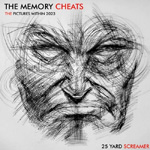


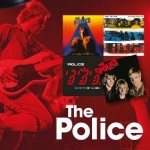

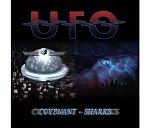




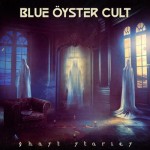

 PDF - you can delete unwanted sections
PDF - you can delete unwanted sections